Table of Contents
FortiGate Web Filtering: Core Concepts
FortiGate’s Web Filter engine inspects HTTP/HTTPS traffic and applies rules based on:
- Static URL Filter
- Matches explicit URL patterns or domains you specify (e.g.,
facebook.com,*.torrent*). - Actions: Block, Allow, or Exempt (bypass further inspection).
- Matches explicit URL patterns or domains you specify (e.g.,
- FortiGuard Category-Based Filter
- Uses Fortinet’s cloud-based categorization (Social Media, Gambling, Malware, etc.).
- Actions: Monitor, Block, or Warning.
- Web Content Filter
- Examines page content for blacklisted keywords or regular expressions.
- Web Script Filter
- Controls Java applets, ActiveX, cookies, and other client-side scripts.
The processing order is:
- Static URL Filter
- FortiGuard Category Filter
- Web Content Filter
- Web Script Filter
- Antivirus (proxy-based scanning).
By combining these layers, FortiGate can precisely block known bad sites while still allowing legitimate traffic.
Method 1: GUI Configuration
1. Create or Edit a Web Filter Profile
- Log in to your FortiGate web console (
https://<firewall-ip>). - Go to Security Profiles → Web Filter.
- Click Create New (or select an existing profile to edit).
- In the profile editor:
- Name: e.g.,
Block-Social-Media - Inspection Mode: choose Proxy (full content inspection) or Flow (lighter, faster) depending on performance needs.
- Name: e.g.,
2. Configure Static URL Filter
- Scroll to Static URL Filter, enable URL Filter, and click Create New.
- In the New URL Filter dialog:
- Type:
Wildcard(for*.facebook.com/*) orSimple(exact matches). - URL: e.g.,
*.facebook.com/* - Action: Block
- Status: Enable
- Type:
- Repeat for each site or pattern you want to block (e.g.,
*.youtube.com/*).
3. Configure FortiGuard Category Filter
- In the same profile, enable FortiGuard Web Filter.
- Under Static/Category, scroll to Category Based Filter, then choose the action per category:
- Social Media → Block
- Gambling → Block
- Malware → Block
- Click OK to save the profile.
4. Apply the Web Filter Profile to a Firewall Policy
- Navigate to Policy & Objects → IPv4 Policy (or IPv6 Policy).
- Edit (or create) the policy that handles outbound web traffic (e.g., WAN → LAN).
- In the Security Profiles section:
- Enable Web Filter, and select your newly created profile (
Block-Social-Media).
- Enable Web Filter, and select your newly created profile (
- Make sure SSL Inspection is enabled if you want to filter HTTPS traffic (full HTTPS proxy).
- Click OK.
Tip: Position this policy above any broader “allow all” rules so your block list is matched first.
Method 2: CLI Configuration
Scripted or bulk rollouts often leverage the CLI. Below are the core commands for FortiOS 6.x–7.x.
1. Create a Web Filter Profile & Static URL Filter
config webfilter profile
edit "Block-Websites"
set inspection-mode proxy # or flow based on performance needs
config ftgd-wf
set options block social-media gambling
end
config static-url
edit 1
set url "*.facebook.com/*"
set type wildcard
set action block
next
edit 2
set url "*.youtube.com/*"
set type wildcard
set action block
next
end
next
end
2. Apply the Profile to a Firewall Policy
config firewall policy
edit 10 # or the ID of your outbound web policy
set name "Block-Web-Outbound"
set srcintf "lan1"
set dstintf "wan1"
set srcaddr "all"
set dstaddr "all"
set action accept
set schedule "always"
set service "HTTP" "HTTPS"
set utm-status enable
set webfilter-profile "Block-Websites"
set ssl-ssh-profile "deep-inspection" # if filtering HTTPS
next
end
set utm-status enableturns on UTM features.set ssl-ssh-profilepoints to an SSL inspection profile; necessary for HTTPS content inspection.
Method 3: Blocking by DNS Filter (Optional)
If you prefer blocking at DNS resolution rather than inline URL matching, you can use FortiGate’s DNS Filter:
config dnsfilter profile
edit "DNS-Block"
config filter-entry
edit 1
set domain "facebook.com"
set action block
next
end
next
end
config firewall policy
edit 20
set name "DNS-Filter-Policy"
set srcintf "lan1"
set dstintf "wan1"
set srcaddr "all"
set dstaddr "all"
set action accept
set service "DNS"
set utm-status enable
set dnsfilter-profile "DNS-Block"
next
end
Note: DNS filtering only blocks by domain name and does not account for specific URLs or paths.
Best Practices & Troubleshooting
- Policy Ordering
- Always place restrictive policies (URL blocks) above general allow rules.
- Log & Monitor
- Enable logging on your block policies:
set logtraffic all
- Check Log & Report → Web Filter to see blocked attempts.
- Enable logging on your block policies:
- HTTPS Inspection
- Without SSL deep inspection, you won’t see full URLs—only domain names.
- Deploy certificates to endpoints to avoid trust warnings.
- Wildcard Usage
- Use wildcards carefully; overly broad patterns can unintentionally block subdomains.
- Session Flush
- After major changes, clear existing sessions to apply new rules immediately: execute clear session all
- Static URL vs. Category
- If you Allow a URL in the static list, FortiGate still checks its FortiGuard category next.
- If you want to bypass all further checks, use Exempt instead of Allow .
- Backup Configurations
- Always back up your configuration before making sweeping changes:
execute backup config flash backup-before-webfilter.conf
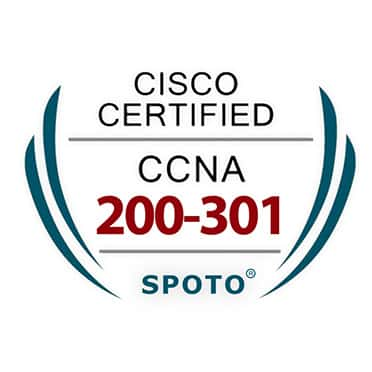
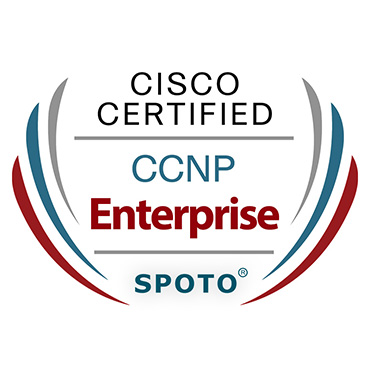
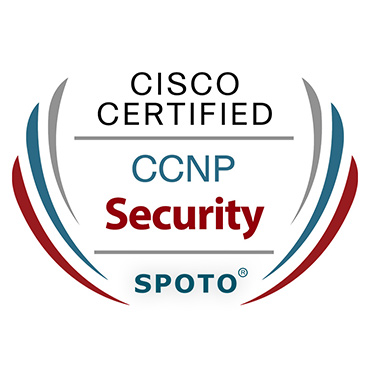


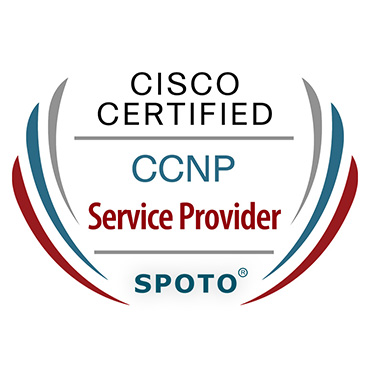
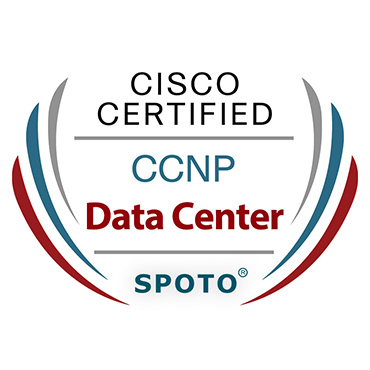
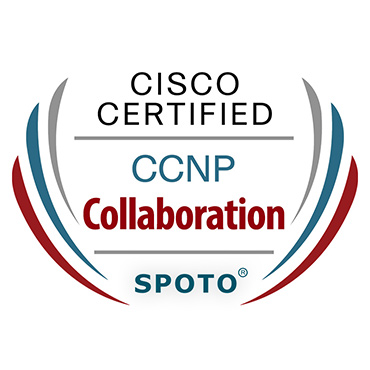



Comments